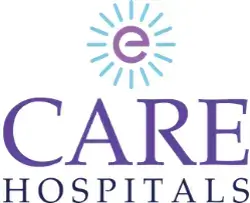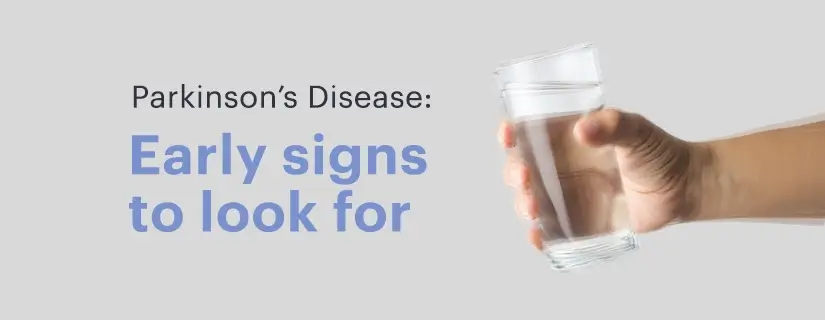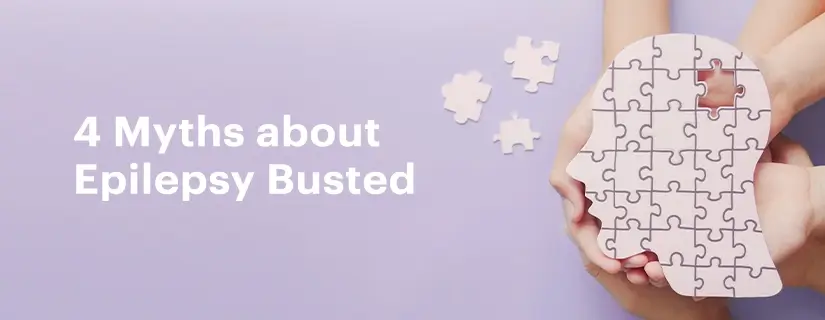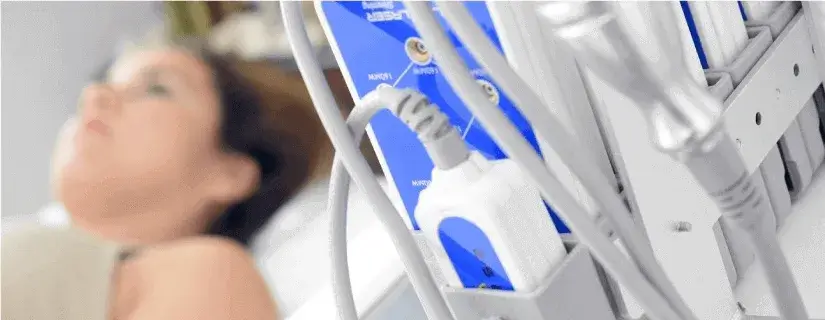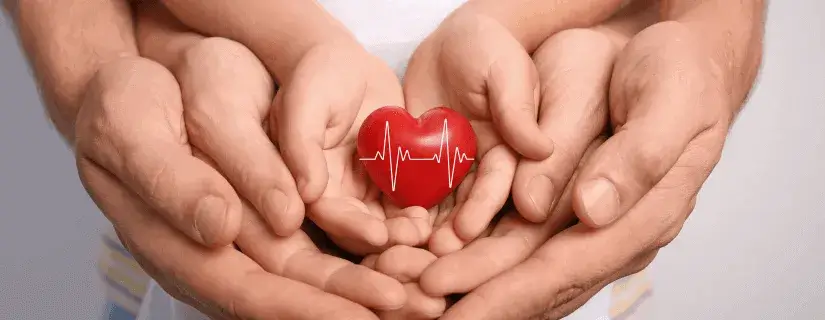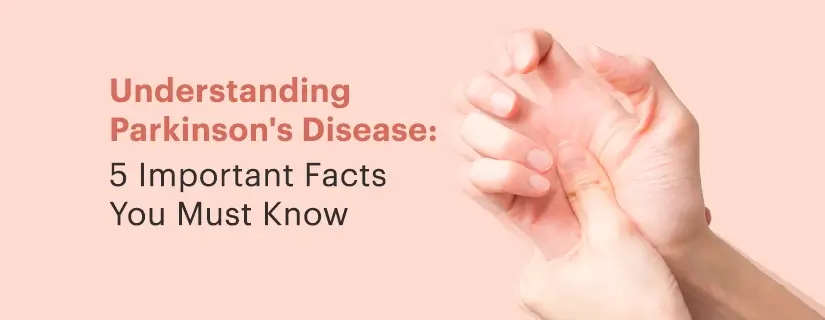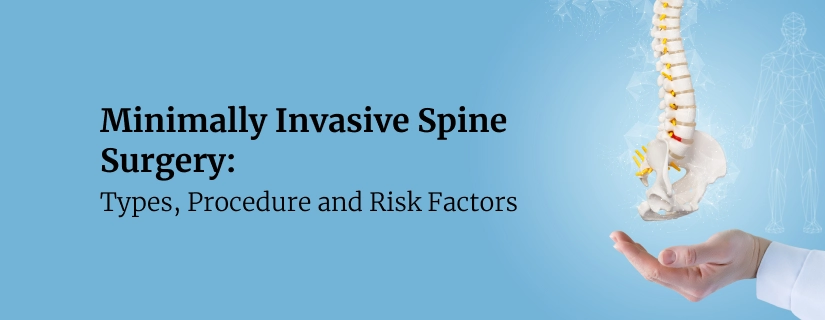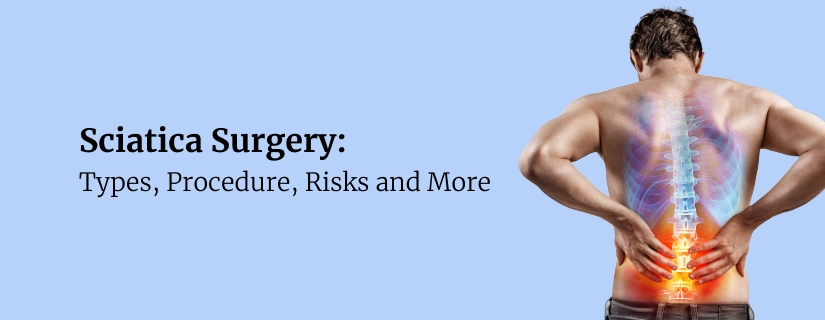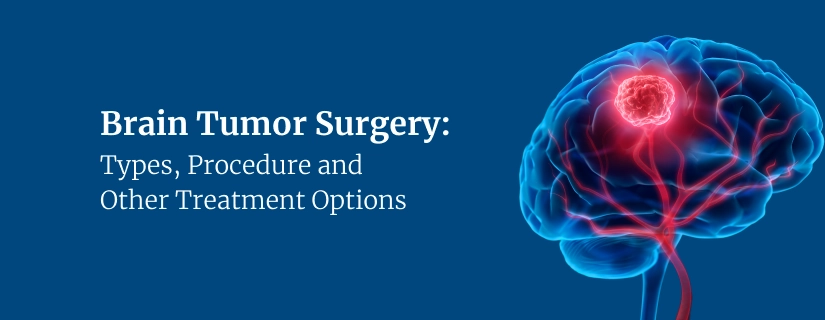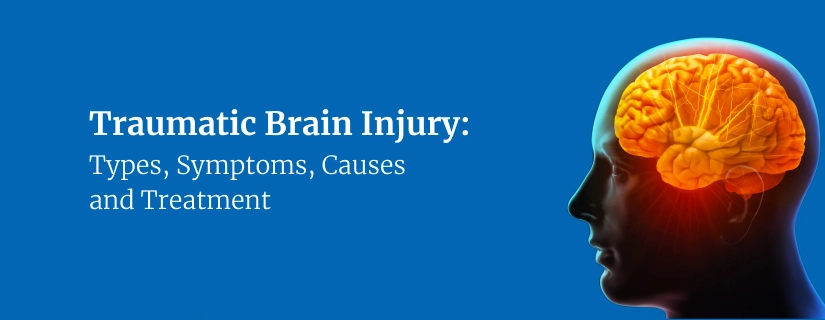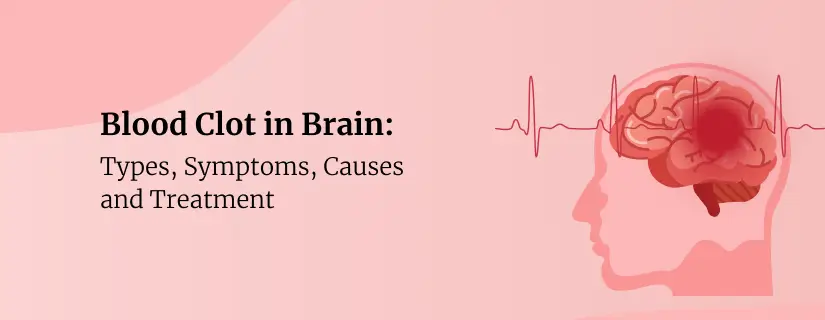-
Doctors
-
Specialities & Treatments
Centre of Excellence
Specialties
Treatments and Procedures
Hospitals & Directions HyderabadCARE Hospitals, Banjara Hills CARE Outpatient Centre, Banjara Hills CARE Hospitals, HITEC City CARE Hospitals, Nampally Gurunanak CARE Hospitals, Musheerabad CARE Hospitals Outpatient Centre, HITEC City CARE Hospitals, Malakpet
HyderabadCARE Hospitals, Banjara Hills CARE Outpatient Centre, Banjara Hills CARE Hospitals, HITEC City CARE Hospitals, Nampally Gurunanak CARE Hospitals, Musheerabad CARE Hospitals Outpatient Centre, HITEC City CARE Hospitals, Malakpet Raipur
Raipur
 Bhubaneswar
Bhubaneswar Visakhapatnam
Visakhapatnam
 Nagpur
Nagpur
 Indore
Indore
 Chh. Sambhajinagar
Chh. SambhajinagarClinics & Medical Centers
Book an AppointmentContact Us
Online Lab Reports
Book an Appointment
Consult Super-Specialist Doctors at CARE Hospitals
DBS: A Life-Changing Procedure
Updated on 30 June 2022
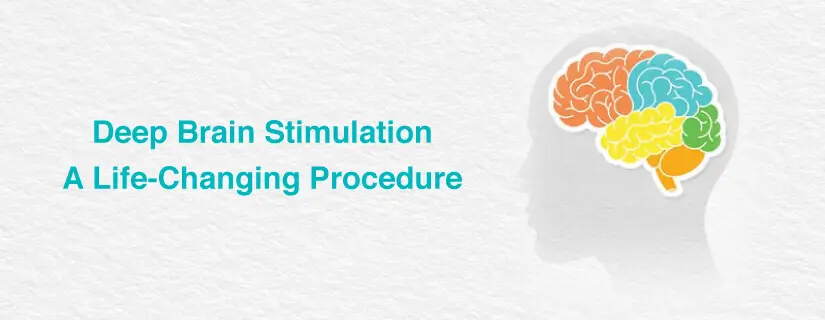
There are many neurological disorders such as epilepsy and seizures, strokes, Alzheimer’s disease, dementia, and Parkinson's disease. The treatment for each of them depends upon the severity of the problem. One such procedure to help patients suffering from neurological disorders like Parkinson’s disease is known as DBS. Let us understand it.
What is DBS?
DBS stands for Deep Brain Stimulation.
A device is implanted into the brain to deliver electrical currents to the areas of the brain directly. It is used to treat Parkinson’s disease, dystonia, essential tremor, and other neurological conditions. Disorganized electrical signals in the areas of the brain controlling movement cause neurological conditions like PD.
When medicines fail to be effective for neuropsychiatric conditions and movement disorders, doctors may resort to DBS. Though it might not resolve the symptoms of Parkinson’s Disease (PD) fully, the patient's dependency on medications can be reduced and the quality of their life improves.
Once the DBS procedure is performed successfully, it suspends the irregular signals causing tremors and other movement-related symptoms like difficulty in walking, slowed movements, stiffness, etc.
Who can benefit from it?
Patients with the following medical conditions and diseases can benefit from DBS:
Parkinson’s Disease
- Patients who respond well when they are on medications but when the medicines wear off, experience dyskinesias and severe motor instability. Even if medicines are adjusted, they fail to give results.
- Those with uncontrollable tremors and for whom medications have proved to be ineffective.
- Patients who respond well to higher or repeated doses of medicine but because of side effects they cannot be administered drugs.
Dystonia
When medications do not help and the underlying cause of dystonia whether it is drug-induced, genetic, or any other factor suggests that the condition can improve by DBS procedure. Dystonia is a not-so-common movement disorder. It causes twisting movements and abnormal postures.
Essential Tremor
The patients with this condition have a rhythmic trembling of the voice, head, hands, trunk, or legs. DBS can be of much help when there is severe shaking. Day-to-day activities like shaving, dressing, eating, and drinking are affected as they have a movement disorder. The patients can improve with the DBS procedure.
For what ailments can people consider DBS?
Not all patients can be the preferred candidates for DBS. The aliments described above must be treatable and capable of improving the patient’s present condition as per the opinion of the neurologists. Over and above the conditions described above DBS can be helpful for other neurological conditions too. DBS can be of help for patients with anxiety, obsessive-compulsive disorder, depression, or Tourette disorder too. Even multiple sclerosis and intractable pain can be treated with DBS.
Assessment to Evaluate a Patient Fit for DBS
A lot of time is invested in consultations, evaluations, and procedures to arrive at a decision allowing the DBS. The patient has to make visits frequently and the procedure, too, is expensive. The patients with an insurance cover might find it beneficial.
The patient is explained that the condition will improve and dependence on medication will reduce but it cannot cure the condition and put the patient back to a normal healthy life.
- A team consisting of a neurologist, a neurosurgeon, and a neuropsychologist evaluates the patient’s condition and whether fit for the surgery or not.
- Different movements like finger tapping, walking, rising from a chair, etc. are recorded while medications are on and off. Cognitive assessment, occupational therapy, etc. are performed to gauge a patient’s ability to participate in the procedure. Speech and swallowing functions are monitored. The abilities and symptoms are measured by applying the Unified Parkinson's Disease Rating Scale.
- The psychiatrist examines the patient for the possibility of depression and anxiety as they need to be treated before taking up the DBS procedure.
- You can ask about the time that is required to get the treatment and whether any dietary and other medicinal restrictions have to be followed or not.
- The case is discussed with the entire surgical team, nurses, and physicians. If the patient is established as a good candidate for DBS, an appointment with the neurosurgeon is fixed.
The Procedure
There are two types of DBS surgeries
- Stereotactic and
- Image-guided
In the Stereotactic procedure, the patient is given local anaesthesia and the lead is stabilised with the help of coordinates to the correct location in the brain by the surgeon.
An image-guided DBS surgery is done with MRI or CT scan. The patient is given general anaesthesia. Both types of procedures are likely to be used in the surgery. Those with extreme symptoms or those who are fearful or anxious may be suggested for an image-guided procedure. It is also suggested for children and patients whose specific part of the brain is going to be stabilised with the help of leads.
The step-by-step procedure of DBS surgery is explained here:
1. Lead Implantation
- The patient has to follow all the necessary instructions before going into the procedure like removing clothes, jewellery, and other objects that may interfere with the process.
- A small amount of hair is shaved to inject the local anaesthesia to numb the scalp.
- The head frame is attached to the skull with screws, to keep the head in proper position during the procedure.
- CT scan or MRI is used to locate the targeted area in the brain.
- A small hole is drilled in the skull to insert the lead.
- The process is recorded by the team to know the exact placement of the lead. The patient’s face, arm or leg may be moved while recording the procedure.
- The lead is positioned and attached to an external neurostimulator. Electrical situations are given through the lead for a short while. The doctors check for the symptoms to improve. There could be side effects too like muscle contractions. The opening made in the skull is closed with a plastic cap and stitches.
2. Microelectrode Recording
Microelectrode recording identifies the surgical site to implant the deep brain stimulator using an electrical current at a very high frequency. It is important to know the accurate target for final DBS placement in the case of each patient as the structure of the brain is different from person to person. The patient is kept awake so that MER gives high-quality information. The surgical team can see and hear the neuronal activity. One or more wires are implanted known as leads or electrodes during the procedure. A small pulse generator is implanted in the chest and the lead receives mild electrical stimulation from there.
3. Placement of the Neurostimulator
The neurostimulator is placed while the patient is asleep under general anaesthesia. It is inserted under the outer layers of skin, usually under the collarbone. It is sometimes placed in the chest or even the abdomen. The extension wire is attached to the neurostimulator from the lead.
The success of this surgery depends on the selection of the patient, appropriate placement of the electrodes and programming of the pulse generator. Medications too are prescribed as per needs.
Recovery and Care After the Procedure
The patient is required to stay in the hospital for 24 hours post-DBS surgery. It can take longer than this depending upon the recovery status of each individual patient. If there are complications, the patient may stay longer under observation. The doctor visits the patient before the patient leaves the hospital and the complete instructions are given for the care to be taken at home.
Post-surgical care is important as it is very important to keep the incisions clean and dry. The doctor guides the patient specifically on how to bathe as the surgical site needs to heal properly. The stitches are removed during the next follow-up visit. The adhesive strips covering the stitches must be kept dry and they usually fall off themselves after a few days.
The neurostimulator is a programmed device. The patient has to use a magnet to turn the stimulator On/Off. The programming takes place after the DBS procedure is done. It might take a few weeks for the program to begin. As against this, sometimes few doctors activate it before the patient gets discharged from the hospital.
The patients with a DBS neurostimulator have to carry an ID card and wear a medical bracelet to indicate the condition. The stimulator batteries can be changed by the doctors as and when required. Usually, they run for 3-5 years. The medications are adjusted after the neurostimulator starts working.
It may take some time before perfect programming is complete. The patient has to visit the doctor for checkups at regular intervals. The doctor decides the frequency of visits depending on the patient’s condition.

ENQUIRY FORM
SELECT CATEGORIES
-
Neurosciences (16)
-
Neurology (37)
-
Neurosurgery (14)
-
Orthopaedics (48)
-
Oncology (33)
-
Obstetrics and gynecology (52)
-
Pulmonology (23)
-
Urology (20)
-
Nephrology (13)
-
Psychiatry (7)
-
Dietetics and Nutrition (111)
-
General Medicine (63)
-
Cardiac Sciences (32)
-
Vascular & Endovascular Surgery and Interventional Radiology (15)
-
Gastroenterology (46)
-
Endocrinology (23)
-
Plastic Surgery (10)
-
Critical Care Medicine (5)
-
COVID-19 (16)
-
Dermatology (16)
-
Emergency Care (1)
-
Ophthalmology (4)
-
Pediatrics (14)
-
Laparoscopic and Bariatric Surgery (8)
-
ENT (15)
-
Kidney Transplant (1)
-
Liver Transplantation and Hepatobiliary Surgery (5)
-
General Surgery (3)
-
Internal Medicine (5)
-
Medicine Information
Clogged Arteries in Brain (Stroke): Causes, Risk Factors, and Treatment
8 Facts About Brain Cancer
YOU MAY ALSO LIKE
RECENT BLOGS
-
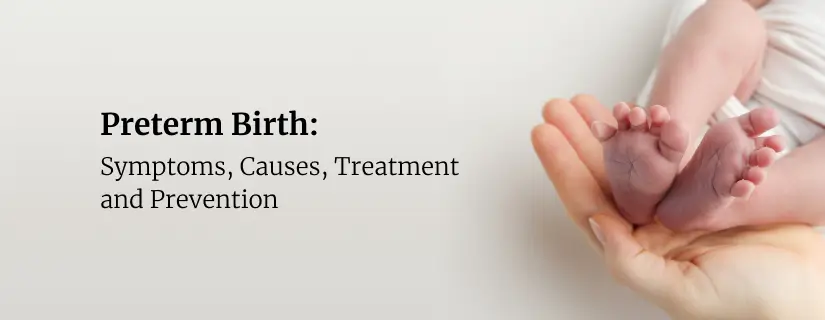
Preterm Birth (Premature Birth): Symptoms, Causes, Treatment and Prevention
13 May 2025
Read More
-
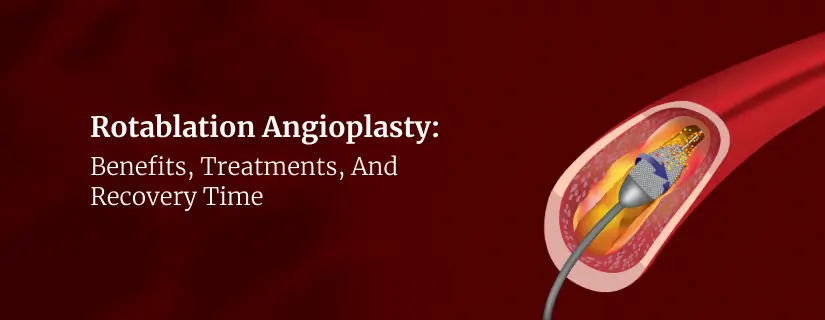
Rotablation Angioplasty: Benefits, Treatments, And Recovery Time
9 May 2025
Read More
-
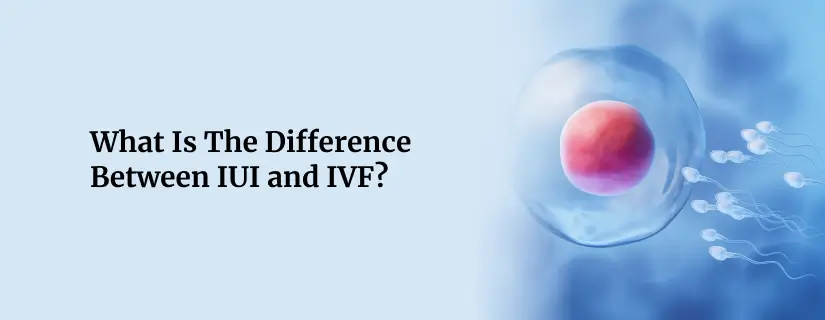
What Is The Difference Between IUI and IVF?
9 May 2025
Read More
-
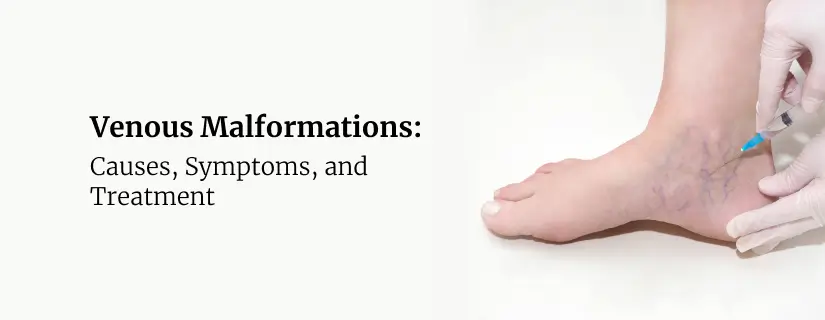
Venous Malformations: Causes, Symptoms, and Treatment
30 April 2025
Read More
-
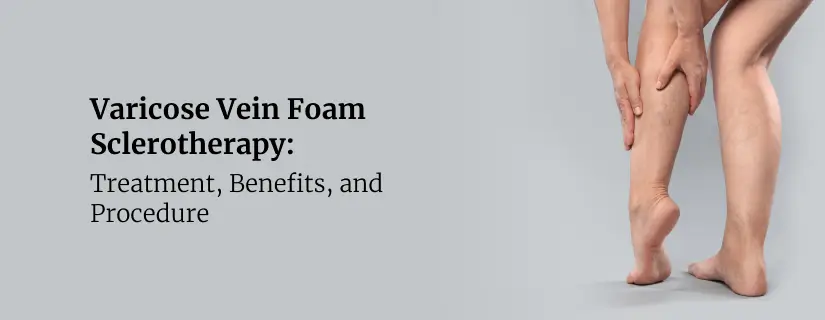
Varicose Vein Foam Sclerotherapy: Treatment, Benefits, and Procedure
30 April 2025
Read More
-
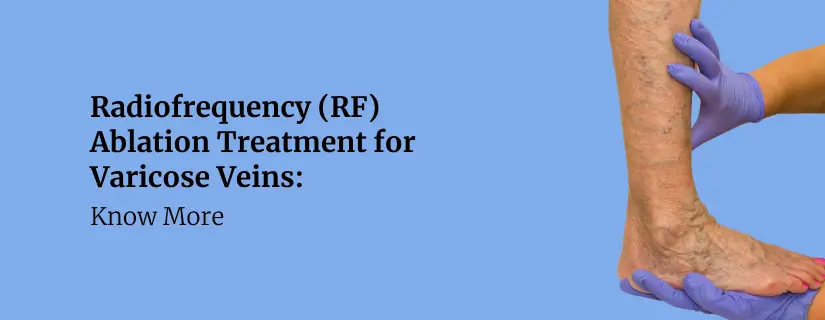
Radiofrequency (RF) Ablation Treatment for Varicose Veins: Know More
30 April 2025
Read More
-
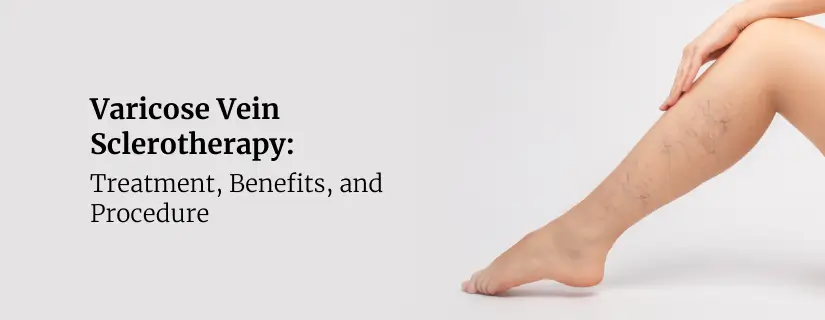
Varicose Vein Sclerotherapy: Treatment, Benefits, and Procedure
30 April 2025
Read More
-
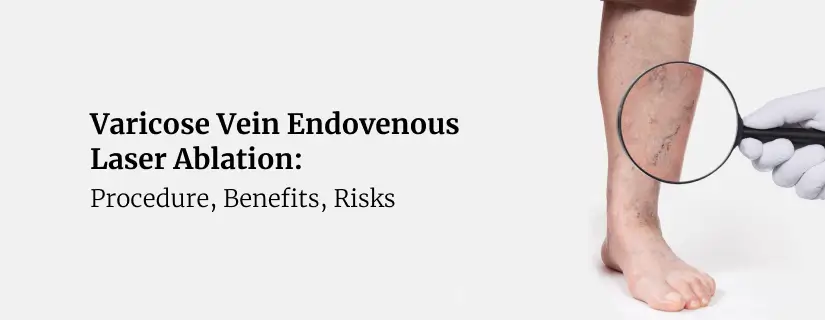
Varicose Vein Endovenous Laser Ablation: Procedure, Benefits, Risks
30 April 2025
Read More
Have a Question?
If you cannot find answers to your queries, please fill out the enquiry form or call the number below. We will contact you shortly.
